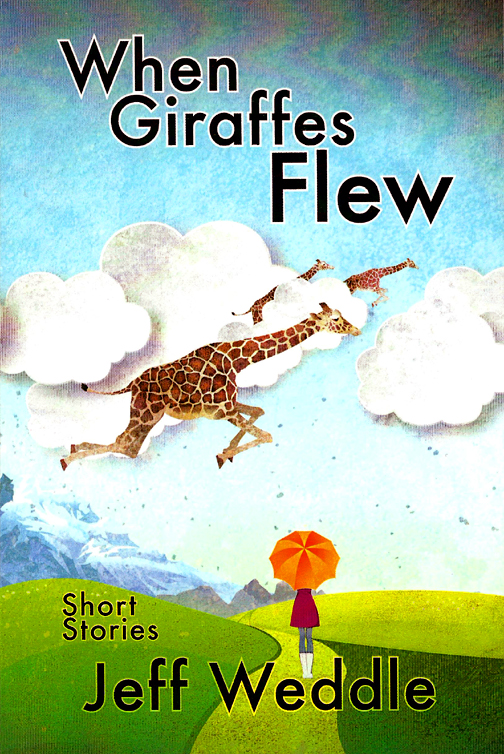Fannye Cook was a pioneer environmentalist who championed the protection and preservation of Mississippi’s rich natural environment. She led the campaign to create the Mississippi Department of Wildlife, Fisheries, and Parks, and its educational and research arm, the Mississippi Museum of Natural Science.
Fannye Addine Cook was born in Crystal Springs, Mississippi on July 19, 1889. By that time, Mississippi like most of the South was catastrophically denuded of the great virgin forests that stretched from east Texas to tidewater Virginia. In A Turn in the South, V.S. Naipaul spoke with a woman in Jackson who said, “When I was a little girl—say in 1915—they were still clearing (the forests). They would go and chop around these mighty oaks and they would then die and they would cut them. When they were going to clear out a field they would kill the trees. I never paid any attention to it. It was what they did.”
 As James Cummins notes in his Preface, “the blackland prairie of eastern Mississippi had been cultivated to less than one percent of its former size, “White-tailed deer, Louisiana black bear, American alligator, wood duck, and other species were nearly eliminated by lawless exploitation. Streams and rivers were choked with eroding soil. The idea of caring for the land and its community of inhabitants, what writer and ecologist Aldo Leopold called a ‘land ethic,’ had not taken hold in Mississippi.”
As James Cummins notes in his Preface, “the blackland prairie of eastern Mississippi had been cultivated to less than one percent of its former size, “White-tailed deer, Louisiana black bear, American alligator, wood duck, and other species were nearly eliminated by lawless exploitation. Streams and rivers were choked with eroding soil. The idea of caring for the land and its community of inhabitants, what writer and ecologist Aldo Leopold called a ‘land ethic,’ had not taken hold in Mississippi.”
That this biography of Fannye includes in its first few pages the following vivid documentation of passenger pigeons in Mississippi strikes a strong, graceful and resounding note against a bleak lack of consideration for the natural world. The passenger pigeon was once the most abundant bird, perhaps even the most abundant vertebrate, on the planet. Audubon once watched a flock pass overhead for three days and estimated that at times more than 300 million pigeons flew by him each hour.
But these birds were slaughtered unmercifully during the 19th century, and after a description of one massacre, Audubon wrote, “Persons unacquainted with these birds might naturally conclude that such dreadful havoc would soon put an end to the species. But I have satisfied myself, by long observation, that nothing but the gradual diminution of our forests can accomplish their decrease, as they not unfrequently quadruple their numbers yearly, and always at least double it.”
From this perspective, these numbers seem incredulously inflated, yet as the slaughters continued and the forests fell–particularly the great beech woods of the Ohio Valley–the passenger pigeon declined in number with proportionate rapidity, and their extinction was sealed by the death of the last known member of the species, a female named Martha (after the first First Lady) that died on September 1, 1914 at the Cincinnati Zoo.
Though many of Cook’s specimens at the old Jefferson Street museum were destroyed by water during the 1979 Jackson flood, her documents and other materials form the core of the 18,000-volume library in the Mississippi Museum of Natural Science. It was there I sought information about the last passenger pigeons in Mississippi. A long-time librarian at the Mississippi Museum of Natural Science, Mary Stripling, provided me with this information concerning passenger pigeons in Mississippi.
“Jesse,” Mary wrote, “You are grasping at straws looking for the last one sighted in Mississippi.” She then cited several primary resources for more information, and also gave me the last sight records in their collection, adding that they appear to be handwritten by Miss Cook herself.
Year: 1848; Observer: T. J. Pierce; Place: Brookhaven – Bayou Pierre. “One fall the pigeons came one afternoon by the thousands. There were so many and they were so thick the sun could not be seen and they darkened the sky. They flew low, many of them only 10 or 12 feet, so low that they could be knocked down with brush. They settled in the trees just on edge of grandfather’s farm and weighted them down. Many men and boys went out and shot them to eat — meat dark about like guinea. Only this one time were they seen there.”
Year : 1878; Observer: G. M. Cook; Place: Copiah County – Utica. “Still a good many pigeons in Pearl River swamp and on hills. Daddy killed several at one shot out of a flock of about 20 in the top of a big pine tree over 100 ft. high (short leaf pine). In 1858 very large flocks so large and so low that Daddy and other school kids would run thru them with arms spread. The birds moved out of their way just far enough to keep from getting caught by the children.”
Undoubtedly straggling bands of passenger pigeons survived in Mississippi for perhaps a decade afterwards but were likely exterminated well before the turn of the century. Yes, I was grasping at straws, but I knew where to look for the information I needed about the natural world in the state of Mississippi and thanks to Fannye Cook I found it. Whether you’re a hunter, a hiker or just someone loves Mississippi, buy this book, support local conservation groups, and care for your share of the planet.
And remember Martha.




